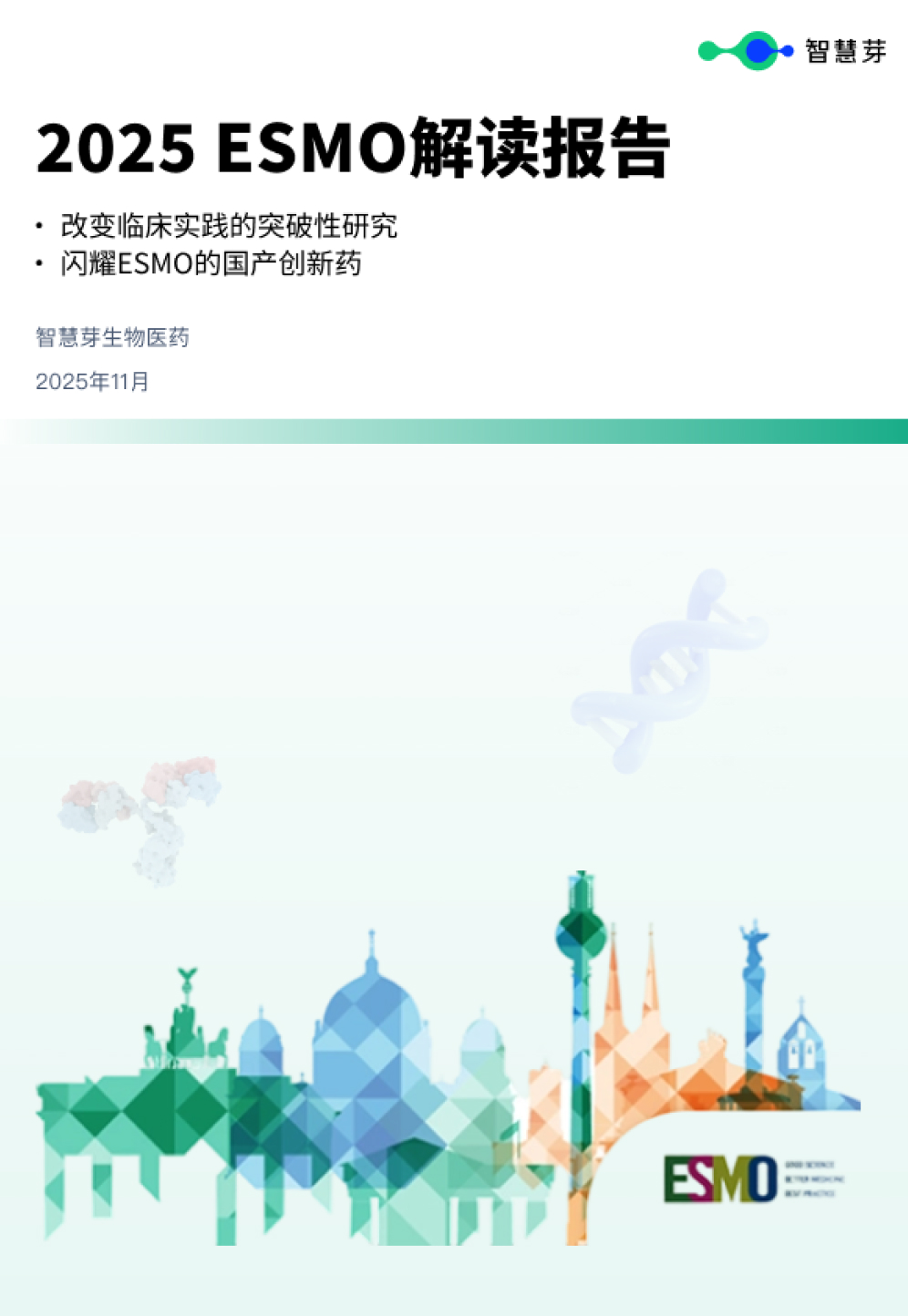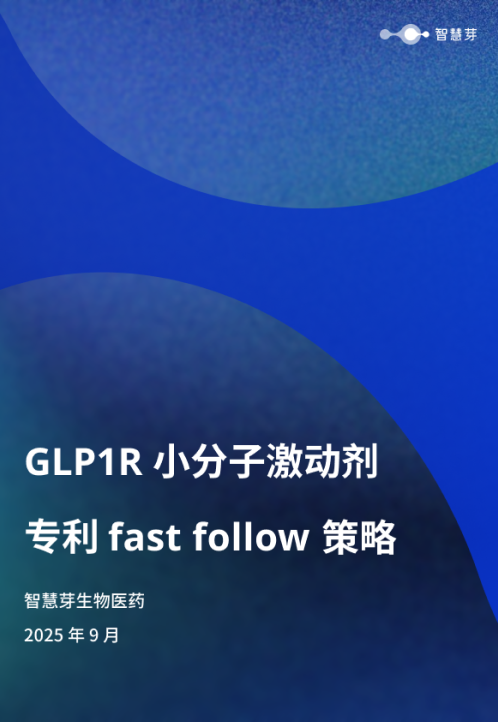预约演示
Analysis of INPEFA® (Sotagliflozin) Cost-Effectiveness Published in JACC: Heart Failure, the Peer-Reviewed Journal of the American College of Cardiology
2024-06-18
临床3期临床结果
Analysis of INPEFA® (Sotagliflozin) Cost-Effectiveness Published in JACC: Heart Failure, the Peer-Reviewed Journal of the American College of Cardiology
New analysis of the pivotal Phase 3 SOLOIST-WHF trial demonstrates INPEFA cost-effectiveness
Findings consistent with another study recently published in the Journal of Comparative Effectiveness Research
THE WOODLANDS, Texas, June 18, 2024 (GLOBE NEWSWIRE) -- Lexicon Pharmaceuticals, Inc. (Nasdaq: LXRX) today announced that the peer-reviewed Journal of the American College of Cardiology: Heart Failure has published a research paper concluding that INPEFA® (sotagliflozin) is cost-effective for people with diabetes and recent worsening heart failure using commonly accepted willingness-to-pay thresholds.
“Our research team believes that this study is an important contribution to the economic evaluation of sotagliflozin, a novel SGLT inhibitor, from the perspective of the U.S. healthcare system. Our results demonstrated that in people with diabetes and recent worsening heart failure, sotagliflozin is cost-effective at commonly accepted willingness-to-pay thresholds,” said William S. Weintraub, MD, MACC, FAHA, FESC, director of Population Health Research at MedStar Health Research Institute, and the lead author of the research paper.
The analysis was conducted from a U.S. healthcare sector perspective, in accordance with Consolidated Health Economic Evaluation Reporting Standards. Results from this study showed that lifetime quality-adjusted life-years (QALYs) were 4.43 and 4.04 in the INPEFA and placebo groups, respectively.
In another study, “Cost-effectiveness of sotagliflozin for the treatment of patients with diabetes and recent worsening heart failure,” recently published in the Journal of Comparative Effectiveness Research, the research team used published real-world data to derive baseline event frequencies and SOLOIST-WHF study data to estimate the efficacy of INPEFA. According to the research results, the use of INPEFA led to a net gain in QALYs of 0.425 for INPEFA versus standard of care. The investigators concluded that INPEFA is a cost-effective addition to standard of care for patients hospitalized with heart failure and comorbid diabetes.
“The data published in these two peer-reviewed journals reinforce our position that in addition to providing meaningful clinical benefits to heart failure patients, INPEFA provides significant financial value for payors and the U.S. healthcare system,” said Craig Granowitz, M.D., Ph.D., Lexicon’s senior vice president and chief medical officer.
The Journal of the American College of Cardiology: Heart Failure manuscript can be accessed here.
About Lexicon Pharmaceuticals
Lexicon is a biopharmaceutical company with a mission of pioneering medicines that transform patients’ lives. Through the Genome5000™ program, Lexicon’s unique genomics target discovery platform, Lexicon scientists studied the role and function of nearly 5,000 genes and identified more than 100 protein targets with significant therapeutic potential in a range of diseases. Through the precise targeting of these proteins, Lexicon is pioneering the discovery and development of innovative medicines to treat disease safely and effectively. Lexicon has commercially launched one of these medicines, INPEFA® (sotagliflozin) in the United States, and has a pipeline of other promising drug candidates in discovery and clinical and preclinical development in neuropathic pain, diabetes and metabolism and other indications. For additional information, please visit www.lexpharma.com.
About INPEFA® (sotagliflozin)
Discovered using Lexicon’s unique approach to gene science, INPEFA® (sotagliflozin) is an oral inhibitor of two proteins responsible for glucose regulation known as sodium-glucose cotransporter types 2 and 1 (SGLT2 and SGLT1). SGLT2 is responsible for glucose and sodium reabsorption by the kidney and SGLT1 is responsible for glucose and sodium absorption in the gastrointestinal tract. Sotagliflozin has been studied in multiple patient populations encompassing heart failure, diabetes, and chronic kidney disease in clinical studies involving approximately 20,000 patients.
INDICATION
INPEFA is indicated to reduce the risk of cardiovascular death, hospitalization for heart failure, and urgent heart failure visit in adults with:
type 2 diabetes mellitus, chronic kidney disease, and other cardiovascular risk factors
IMPORTANT SAFETY INFORMATION
Contraindications: INPEFA is contraindicated in patients with hypersensitivity to INPEFA or any of its components.
Ketoacidosis: INPEFA increases the risk of ketoacidosis in patients with type 1 diabetes mellitus (T1DM). Type 2 diabetes Mellitus (T2DM) and pancreatic disorders are also risk factors. The risk of ketoacidosis may be greater with higher doses. There have been postmarketing reports of fatal events of ketoacidosis in patients with type 2 diabetes using sodium glucose transporter 2 (SGLT2) inhibitors. Before initiating INPEFA, assess risk factors for ketoacidosis. Consider ketone monitoring in patients with T1DM and consider ketone monitoring in others at risk for ketoacidosis and educate patients on the signs/symptoms of ketoacidosis. Patients receiving INPEFA may require monitoring and temporary discontinuation of therapy in clinical situations known to predispose to ketoacidosis. INPEFA is not indicated for glycemic control.
Assess patients who present with signs and symptoms of metabolic acidosis or ketoacidosis, regardless of blood glucose level. If suspected, discontinue INPEFA, evaluate, and treat promptly. Monitor patients for resolution of ketoacidosis before restarting INPEFA.
Volume Depletion: INPEFA can cause intravascular volume depletion which may sometimes manifest as symptomatic hypotension or acute transient changes in creatinine. There have been post-marketing reports of acute kidney injury, some requiring hospitalization and dialysis, in patients with type 2 diabetes mellitus receiving SGLT2 inhibitors. Patients with impaired renal function (eGFR
Urosepsis and Pyelonephritis: Treatment with SGLT2 inhibitors, including INPEFA, increases the risk for urinary tract infections. Serious urinary tract infections including urosepsis and pyelonephritis requiring hospitalization have been reported. Evaluate patients for signs and symptoms of urinary tract infections and treat promptly.
Hypoglycemia with Concomitant Use with Insulin and Insulin Secretagogues: Insulin and insulin secretagogues are known to cause hypoglycemia. INPEFA may increase the risk of hypoglycemia when combined with insulin or an insulin secretagogue. Therefore, a lower dose of insulin or insulin secretagogue may be required to minimize the risk of hypoglycemia when used with INPEFA.
Necrotizing Fasciitis of the Perineum (Fournier’s Gangrene): Reports of Fournier’s Gangrene, a rare but serious and life-threatening necrotizing infection requiring urgent surgical intervention, have been identified in post-marketing surveillance in patients with diabetes mellitus receiving SGLT2 inhibitors. Assess patients who present with pain, tenderness, erythema, or swelling in the genital or perineal area, along with fever or malaise. If suspected, start treatment immediately with broad-spectrum antibiotics and, if necessary, surgical debridement. Discontinue INPEFA, closely monitor patient signs and symptoms, and provide appropriate alternative therapy for heart failure.
Genital Mycotic Infections: INPEFA increases the risk of genital mycotic infections. Monitor and treat as appropriate.
Urinary Glucose Test and 1,5-anhydroglucitol (1,5-AG) Assay: these are not reliable for patients taking SGLT2 inhibitors. Use alternative testing methods to monitor glucose levels.
Common Adverse Reactions: the most commonly reported adverse reactions (incidence ≥ 5%) were urinary tract infection, volume depletion, diarrhea, and hypoglycemia.
Drug Interactions:
Uridine 5'-diphospho-glucuronosyltransferase (UGT) Inducer: The coadministration of rifampicin, an inducer of UGTs, with sotagliflozin resulted in a decrease in the exposure of sotagliflozin.
Use in Specific Populations:
Pregnancy and Lactation: INPEFA is not recommended during the second and third trimesters of pregnancy, nor while breastfeeding.
Geriatric Use: No INPEFA dosage change is recommended based on age. No overall differences in efficacy were detected between these patients and younger patients, and other reported clinical experience has not identified differences in responses between the elderly and younger patients, but greater sensitivity of some older individuals cannot be ruled out. Elderly patients may be at increased risk for volume depletion adverse reactions, including hypotension.
Renal Impairment: INPEFA was evaluated in patients with chronic kidney disease (eGFR 25 to 60 mL/min/1.73 m2) and in patients with heart failure with eGFR 2. The safety profile of INPEFA across eGFR subgroups in these studies was consistent with the known safety profile. There was an increase in volume-related adverse events (e.g., hypotension, dizziness) in patients with eGFR 2 relative to the overall safety population. Efficacy and safety studies with INPEFA did not enroll patients with an eGFR less than 25 mL/min/1.73 m2 or on dialysis. After starting therapy in the studies, patients were discontinued if eGFR fell below 15 mL/min/1.73 m2 or were initiated on chronic dialysis.
Hepatic Impairment: INPEFA is not recommended in patients with moderate or severe hepatic impairment.
Click here for full Prescribing Information.
https://www.lexpharma.com/inpefa-US-PI.pdf
Safe Harbor Statement
This press release contains “forward-looking statements,” including statements relating to Lexicon’s financial position and long-term outlook on its business, growth and future operating results, discovery, development and commercialization of products, strategic alliances and intellectual property, as well as other matters that are not historical facts or information. All forward-looking statements are based on management’s current assumptions and expectations and involve risks, uncertainties and other important factors, specifically including Lexicon’s ability to meet its capital requirements, successfully commercialize INPEFA in heart failure, conduct preclinical and clinical development and obtain necessary regulatory approvals of sotagliflozin (in other indications), LX9211, LX9851 and its other drug candidates on its anticipated timelines, achieve its operational objectives, obtain patent protection for its discoveries and establish strategic alliances, as well as additional factors relating to manufacturing, intellectual property rights, and the therapeutic or commercial value of its products and drug candidates. Any of these risks, uncertainties and other factors may cause Lexicon’s actual results to be materially different from any future results expressed or implied by such forward-looking statements. Information identifying such important factors is contained under “Risk Factors” in Lexicon’s annual report on Form 10-K for the year ended December 31, 2023 and other subsequent disclosure documents filed with the Securities and Exchange Commission. Lexicon undertakes no obligation to update or revise any such forward-looking statements, whether as a result of new information, future events or otherwise.
For Investor Inquiries:
Lisa DeFrancesco
lexinvest@lexpharma.com
For Media Inquiries:
Alina Cocuzza
acocuzza@lexpharma.com
更多内容,请访问原始网站
文中所述内容并不反映新药情报库及其所属公司任何意见及观点,如有版权侵扰或错误之处,请及时联系我们,我们会在24小时内配合处理。
生物医药百科问答
全新生物医药AI Agent 覆盖科研全链路,让突破性发现快人一步
立即开始免费试用!
智慧芽新药情报库是智慧芽专为生命科学人士构建的基于AI的创新药情报平台,助您全方位提升您的研发与决策效率。
立即开始数据试用!
智慧芽新药库数据也通过智慧芽数据服务平台,以API或者数据包形式对外开放,助您更加充分利用智慧芽新药情报信息。



